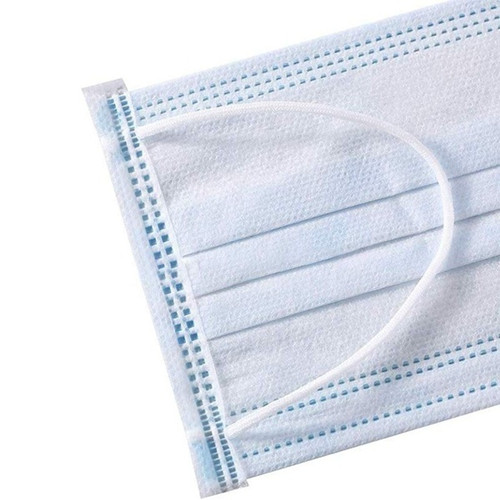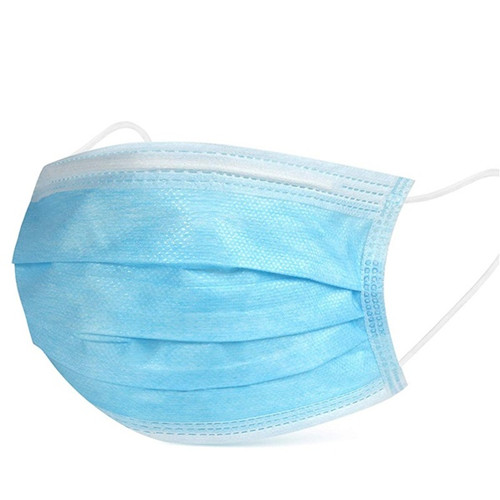Scientific name Ph10ssa fasciata (Moore) Synonyms Iragoides fasciata (Moore) Lepidoptera, Hymenoptera. Alias ​​tea aphid moth. Distribution Anhui, Zhejiang, Jiangxi, Fujian, Taiwan, Guangdong, Guangxi, Guizhou, Sichuan, Yunnan, Hunan, Hubei and other provinces.
Host tea, camellia, citrus, coffee, etc.
The larvae of the infestation are inhabited in the leaf blade of the dorsal juvenile and live on the upper surface of the epidermis with translucent patches. After 2 years of age, they bite from the tip of the leaves and cut the leaves. After they have eaten half of the leaves, they turn and damage the other leaves. The leaves of the tea bushes eat, forming light stalks or leaving only petioles.
Morphological characteristics Adult body length 12-16mm, wings 24-30mm. The forewings and the body are gray-brown and red-brown with black spots on the front wings. The base is 1/3 thick reddish-brown with a relatively straight outer edge. The midline and sub-periphery lines are blurred shadow bands with two sides on the middle. The outer rim is lined with pale blue-gray; the hind wings are gray-brown and nearly triangular with a longer ciliate. Eggs are about 1mm long, oval, flat, yellowish white, translucent. The last instar larvae are 30-35mm long, long-elliptic, with a dorsal bulge, yellow-green to green. There are 2 pairs of branching clumps on each segment, above the sub-duoline and above the valve line, where the backside 2, 3, 7, 10, 11 pairs are longer. There is a green or red-purple horny protrusion in the front of the body, which is obviously inclined to the front. Topline green blue. It is about 15mm long, light yellow, and oval.茧 Oval, brown.
Life habits Jiangxi, Hunan, Guangdong and other provinces are born 3 generations old, with mature larvae in the tea leaves rhizosphere deciduous and surface soil in winter. The Xiushui River in Jiangxi Province has been demobilized in April and has emerged as a moth in May. Each generation of larvae entered the end of May, early June, early July, late July and mid-September. The victims were heavy from July to August. Adults like to eclosion and activity around dusk, and they can mate 1–3 times that evening. Two to fourteen hours after mating, the female moths lay their eggs on the leaf near the lower edge of the tea bush, with one leaf per leaf, two individual eggs, and an egg-laying amount of six to 18 grains. Adult phototaxis is strong. The larvae were dispersed and the larvae were 6 instar. After being matured, the larvae climbed to the place where the tea leaves were planted at the soil, or the leaves were planted and dissipated. Natural enemies include parasitic flies, ichinoia, fungi, and viruses.
Prevention methods (1) When tea trees are cultivated in the winter, 6.5 cm of top soil layer under the tea bushes is combed and turned into the bottom of fertilization to effectively eliminate overwintering mites, such as teat moths, flat moths, and tea silkworms. Tea cones 10cm high, can prevent overwintering and emergence. (2) For other methods, see Mulberry Pests.
Product categories of Surgical Disposable Face Masks, we are specialized manufacturers from China, Hospital Surgical Medical Face Mask Earloop, Earloop Disposable Surgical Mask suppliers/factory, wholesale high-quality products of Surgical Mouth Mask R & D and manufacturing, we have the perfect after-sales service and technical support. Look forward to your cooperation!


Hospital Surgical Medical Face Mask Earloop,Earloop Disposable Surgical Mask,Surgical Mouth Mask,Doctors Surgical Mask
Changsha City Kangbojia Medical Supplies Co., Ltd. , https://www.kbjmedical.com